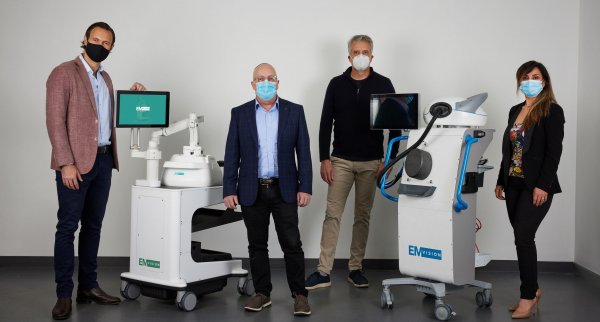Australian company EMVision Medical Devices has announced the completion of the fabrication and assembly of its alpha unit of the 1st Gen portable brain scanner intended for commercialisation.
“This is an important milestone for the company. Our product represents a game-changing opportunity to provide accessible point-of-care neuroimaging for stroke patients, wherever they are. The value proposition for our scanner is simple – portable, accessible, fast, safe and affordable," said EMVision CEO Dr Ron Weinberger.
"We are tackling the immense health burden that is stroke, with potential future adjacencies in traumatic brain injury and other neurological disorders. We see an enormous market opportunity ahead in neuroimaging that is poised for disruption. Our device will undergo various tests as we prepare for our next stage of expanded clinical studies.”
The company said the 1st Gen units will be the subject of functional, reliability, integration (software and hardware), preliminary safety, performance, compliance and other tests intended to meet international regulatory standards in preparation for expanded clinical studies. It said product suitability for manufacturability, assembly, shipment (environmental impact), use, service and repair will also be assessed.
The co-chairs of the Australian Stroke Alliance and past presidents of the World Stroke Organisation, Professors Stephen Davis AO and Geoffrey Donnan AO welcomed the announcement.
“The Australian Stroke Alliance’s research revolves around the successful design of light and portable scanning equipment so we can speed-up diagnosis and treatment of patients. We look forward to collaborating with EMVision as it enters the next phase of clinical studies using this cart-based device,” said Professor Donnan.
Professor Davis added, “It is encouraging to see the progress being made because portable scanning that provides high quality brain imaging would be indispensable, particularly for the one third of Australians who live in rural and remote communities and might suffer a stroke. If the research program is successful, these scanners could also be incorporated into standard ambulances and aircraft.”
